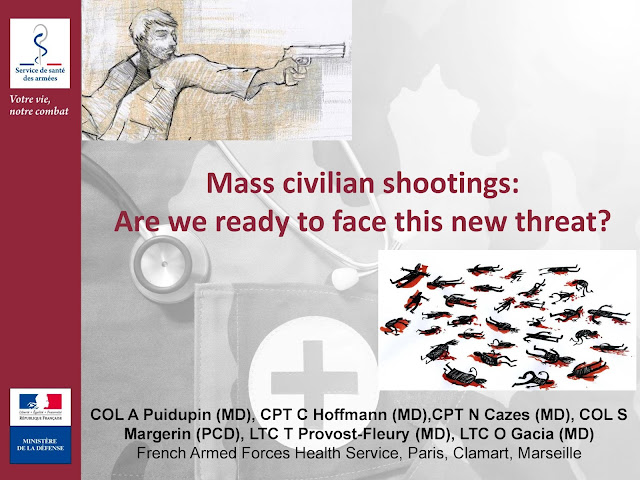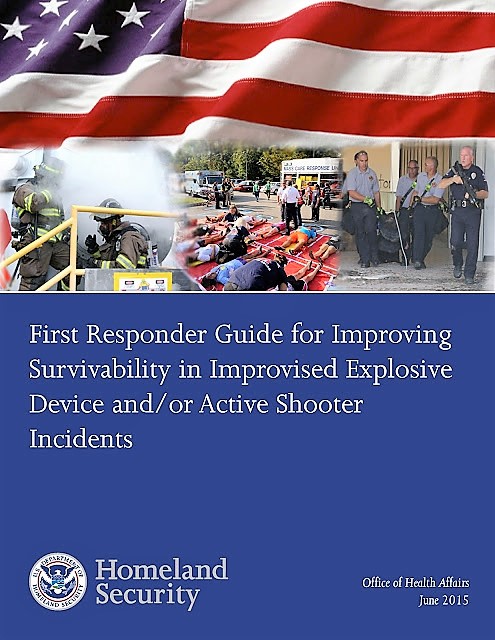 |
Monitor-Desfibrilador Lifepak 15 |
 |
| Lifepak 15 |
Protocolo para el correcto uso y mantenimiento de aparataje de uso sanitario: esfigmomanómetro, desfibrilador y electrocardiógrafo.
Resumen
La profesión enfermera esta rodeada cada vez más de las nuevas tecnologías. A veces no llegamos a ser conscientes de la gran cantidad de aparatos que manejamos a diario.
A continuación presentamos 3 protocolos amenos y divertidos para un correcto manejo y cuidado de estas útiles herramientas
Abstract
The nursing profession is surrounded more and more by the new technologies. Sometimes we aren´t even conscious about the big amount of devices that we handle daily. Next, we submit three nice and amusing protocols to handle in a proper way and take care of three useful tools.
Centro de Trabajo: EU Enfermería / Hosp. J.R. Jiménez
Fecha del Trabajo: 06/11/2003
Palabra Clave: Protocolos, nuevas tecnologías, aparatos
Palabra Clave: Protocolos, nuevas tecnologías, aparatos
Key Words: Protocols, new technologies, devices
Texto completo:
DESCARGAR doc en pdf |
| Lifepak 15 A prueba de Agua |
 |
| Lifepak 15 A prueba de caídas |
 |
| Dr. Ramon Reyes Diaz, MD para Frontiermedex UK Haciendo revision rutinaria del Monitor-Desfibrilador Lifepak 15, a bordo del Buque Sismico Oceanic Vega en aguas del Golfo de Mexico de los Estados Unidos
|
 |
Monitor-Desfibrilador Lifepak 15 |
 | ||
| Lifepak 15 A prueba de golpes Gestión y mantenimiento del equipamiento electromédico Guía de buenas prácticas para generar valor en el proceso asistencial https://lnkd.in/ewJrSn9v #pdf #librosmedicina #DrRamonReyesMD
|
Dr Ramon REYES, MD,
Por favor compartir nuestras REDES SOCIALES @DrRamonReyesMD, así podremos llegar a mas personas y estos se beneficiarán de la disponibilidad de estos documentos, pdf, e-book, gratuitos y legales..
Por favor compartir nuestras REDES SOCIALES @DrRamonReyesMD, así podremos llegar a mas personas y estos se beneficiarán de la disponibilidad de estos documentos, pdf, e-book, gratuitos y legales..

















